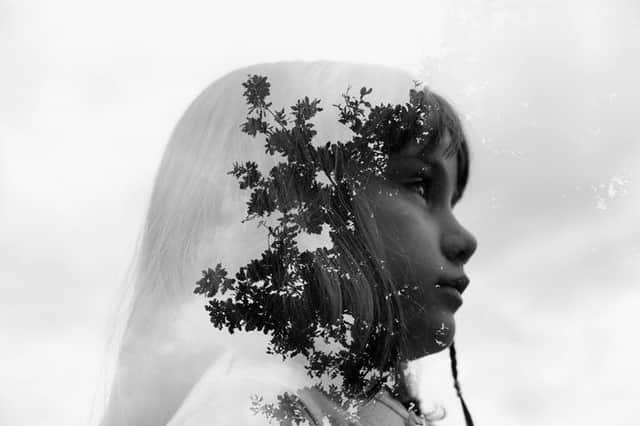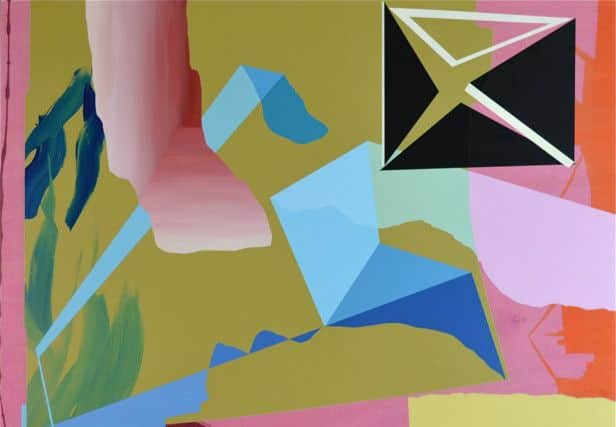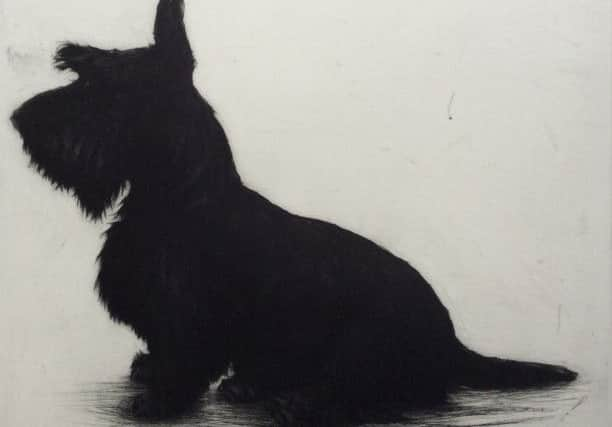Arts review: RSA Open Exhibition 2016, Edinburgh


The RSA Open Exhibition 2016 | Rating: **** | Royal Scottish Academy, Edinburgh
How do you display 350 modestly sized works of art in a suite of not very big rooms without making it look like a jumble sale, or the gallery equivalent of pile ‘em high, sell ‘em cheap? This year’s RSA Open offers an answer, an object lesson in how to do it. The works are all fairly small. That is one of the parameters for this open submission show, but actually, small works are more difficult to hang, at least in such a way that they have any chance to shine individually. Here the hanging committee have opted to punctuate the walls and give them a rhythm by arranging the majority of the works in asymmetrical groups of anything between half-a-dozen and 15 or so. The clever bit, though, is that they have sifted through the work to find sympathetic companions so that the groups work visually. Sometimes they are linked by medium. A group of ten photographs, for instance, though they are all different sizes look very good together. Stars among them are two lovely pictures by Norman McBeath, especially a line of trees called Just There, and a superb photo of a looming, snowy Suilven by Douglas Weir.
Advertisement
Hide AdAdvertisement
Hide AdA group of 12 prints works equally well. Stars here are Winter Hillside, a screenprint by Rona MacLean, and a little breaking wave by John McKechnie, what appears to be a combination of photography and screenprinting. But in other places the works are grouped simply by colour or mood; perhaps the word “key” should be borrowed from music to describe what is going on. The result is a kind of intuitive harmony, but with room for humour too. In one group, for instance, Bronte’s Big Brother, a Scottie dog in an etching by Helen Fay looks indignantly at a grinning skull painted rather beautifully by Lee-Anne Ewing. On a plinth in the foreground of Relic of Origins, Sheep, a painted sheep’s skull by Kyle Noble, carries on the dialogue.


Throughout, individual works shine out however, as they should in such a well-ordered show. In The Lesson, for instance, Heather Nevay continues to draw inspiration from the too-bright, sunlit precision of Flemish 15th century painting to create ever more macabre, dreamlike images, capturing as she does so – in this case with two naked girls laid out as though on a bier, but nevertheless very much alert – a certain weirdness that lurks in the paintings that inspire her.
Keiko Mukaide deploys a very different kind of precision in Dawn No 2. One of her inimitable glass works, light falls through shards of tinted glass to cast delicate patterns of luminous shadow on the glass that supports them. Here, though, the inevitable promiscuity of this kind of show, however carefully it is hung, means that other light sources nearly swamp the delicacy of what she has created.
Two small works by Ann Ross, Cherry Red and Fireworks, part collage, part painting, quite outshine their company, however. They have a wistful delicacy that lifts them from very nice to really beautiful. The same is true of Susie Leiper’s lovely abstract book in muted golds and greys. It’s title, The granites and schists of my dark stubborn country from a poem by Nan Shepherd, identifies it as a homage to the Scottish mountains.
Karen Akester also hints at how writing can have a potent poetic presence even when it is not legible in any literal way. She has made two small sculptures out of glass and paper called Somme Collective Correspondence. A piece of glass with handwriting on it, a fragment of a letter perhaps, mimics the form of the torn sheets of paper that it enfolds, mute fragments of tragedy. Nearby, a tiny block of flats in digitally printed ceramic with little figures in the foreground suggests a mundane world delicately observed. Delicacy of execution is its own fulfillment in five thimbles in the form of raspberries carved from onyx and marble by Alex McNamee.


But drawing alone is still an eloquent medium. A still-life of apples in a basket by Vincent Butler shows just how good it can be at its simplest and most direct. Eve Studying by Virginia Colley, a study of a girl in profile leaning over a book, echoes the technique and the exquisite precision of William Strang’s portrait drawings which in their turn echoed Holbein. A smoky drawing by Frank To apparently done in a mix of charcoal and gunpowder similarly echoes Seurat, while in his painting, January Snow, Gavin Young brings Brueghel to a scene of suburban streets.
Other works are purely abstract. Clouds V by Paul Furneaux, for instance, is a lovely essay in the art of Japanese woodcut printing, but adapts the medium to create veils of colour in a way that is entirely Western. Will Collier achieves something rather similar with an extraordinary abstract photograph of Chancelot Mill. In Northern Light, Helen Glassford finds abstract beauty in a landscape of light over water.
Advertisement
Hide AdAdvertisement
Hide AdThough it will be over by the time this review is published it was a treat to go from works like these to a small retrospective of Philip Reeves’s prints and collages in the adjacent Academicians’ Gallery.
He is the master of this kind of abstraction. He is also a veteran, however. The Academy is pleased that though there is certainly a place for the veterans – and indeed, in the Open academicians exhibit alongside the artists whose work is chosen from the open submission – the average age profile of this year’s show has dropped considerably.
They put it down to advertising on Facebook. There’s nothing like moving with the times. Academies are meant to be stuffy places. Evidently not this one.
• Until 30 August